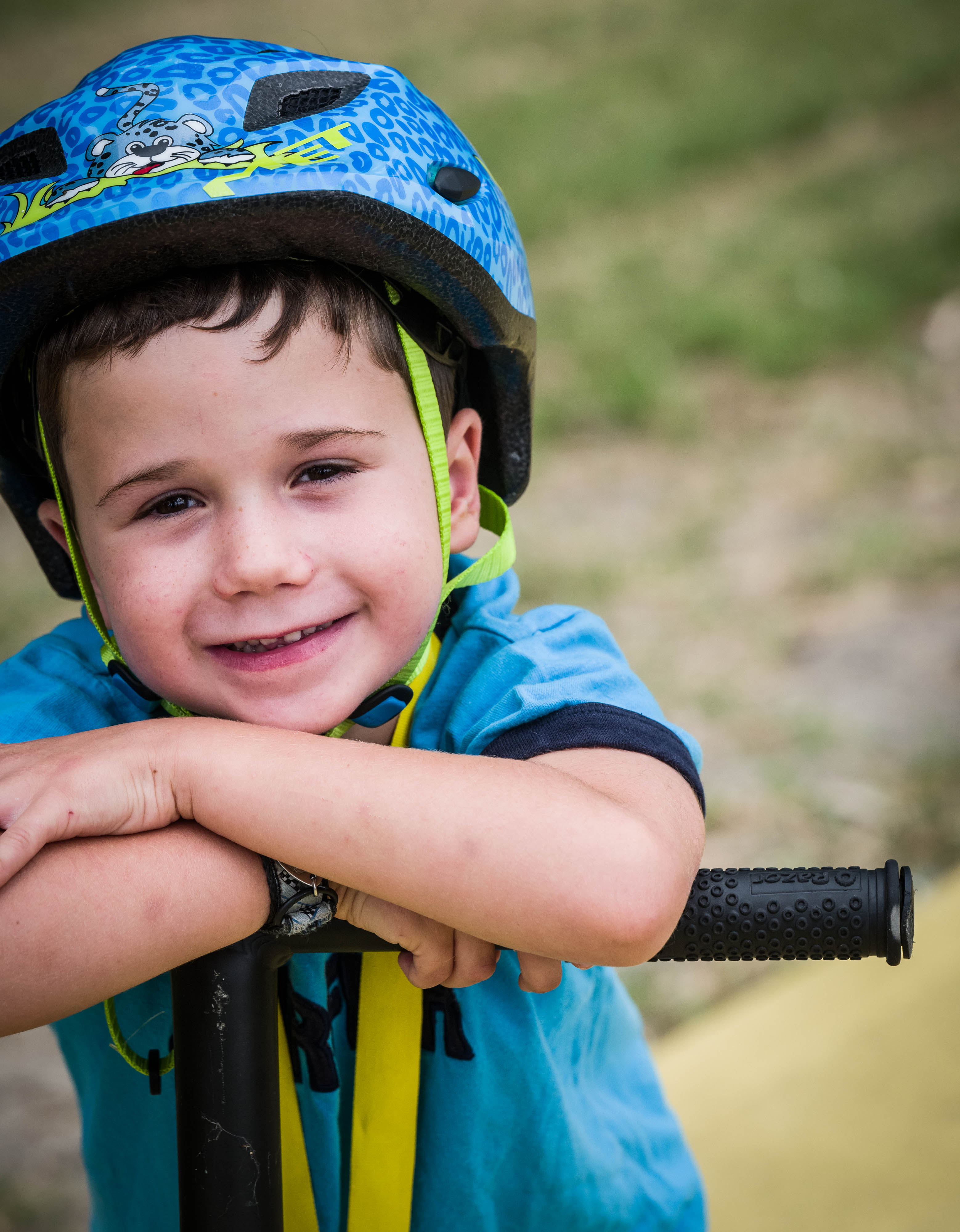Researchers led by the team at the Children’s Diabetes Centre at The Kids have taken a key step along the way to a fully automated closed-loop insulin delivery system.
Experiencing a ‘hypo’ is one of the main worries for people living with type 1 diabetes – if left untreated, very low blood glucose levels can cause a seizure or coma.
The team at the Children's Diabetes Centre, working with five hospitals across Australia, has conducted the first in-home trial of an insulin pump designed to predict and prevent hypoglycaemia – another step on the way to a fully automated closed-loop insulin delivery system.
The Predictive Low Glucose Management study involved 154 participants aged 8-20 years who were on insulin pump therapy. 
Used in conjunction with sensors, the pump incorporates continuous glucose sensor data into an algorithm and has a suspend-before-low function which cuts off the basal insulin delivery when a hypo is predicted. This potentially can reduce the duration and frequency of hypoglycaemic episodes.
Dr Mary Abraham, of Princess Margaret Hospital, said hypos were disruptive to both the child and their family.
“The fear of hypoglycaemia may lead to restriction and avoidance of activities, exercise, school camps and sleepovers,” Dr Abraham said. “Parents resort to overnight testing to prevent overnight hypos, impacting on their sleep and affecting their daily functioning.
“Prior to this randomised controlled home trial, we had conducted in-clinic studies to establish the effectiveness of the system in preventing hypoglycaemia and found that the system reduced the need for treatment of hypoglycaemia with exercise, excess insulin bolus and increased overnight basal.”
Symptoms of low blood glucose levels include shaking, dizziness, drowsiness, confusion, headaches and irritability and can be caused by mismatch between insulin, food and activity.
The system will be of particular benefit to those with impaired awareness of these lows.
“These children are at increased risk of severe hypoglycaemia as they are not able to perceive hypo symptoms and take adequate treatment,” Dr Abraham said.
“Hypoglycaemia avoidance is known to restore awareness and the use of this system by preventing hypos will therefore be possibly beneficial in improving awareness.”
Fifteen-year-old Sophie Lumby, who was diagnosed with type 1 diabetes at the age of four, was one of the trial participants.
“I thought it would be interesting to trial a new pump and see what effect it would have on managing my diabetes and what it would be like to have the suspend-before-low function on a pump and if it would actually work to prevent lows,” Sophie said.
“In school, I find it really difficult to do tests when I am low as my mind doesn’t think straight and I can’t seem to recall all the necessary information I need. Before tests I get very stressed managing my sugar levels as I am always worried that I will go low and that it will affect my marks.
“The suspend-before-low function definitely did help me in avoiding hypos – it didn’t completely eliminate all hypos yet it did make it a lot easier to manage what my blood glucose level was doing. It also helped my parents and I sleep through the night a little easier knowing that the pump would suspend me before going low, which should prevent anything drastically bad from happening.
“I hope that trials like this will help people better manage their diabetes and give more people a chance to go on to the pump as it is a real life saver.”
Dr Abraham said the biggest challenge was ensuring the person wore and used the sensor effectively.
“For the system to work effectively, one needs to wear the sensor continuously and calibrate it regularly,” she said. “The sensor is another attachment to the body just like the insulin pump and the challenge is to maintain its continuous use, especially when the child and/or parent is troubled by mechanical and technical sensor issues.”
What’s next?
“We have commenced our trial on the next-generation technology, the closed-loop system, which is an automated insulin delivery system which adjusts the basal insulin delivery according to the sensor glucose levels. The patient has to bolus for his meals and hence the system is referred to as hybrid closed-loop system. This will potentially further improve the time in target range.”
This research is supported by the Juvenile Diabetes Research Foundation.
